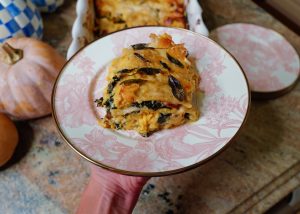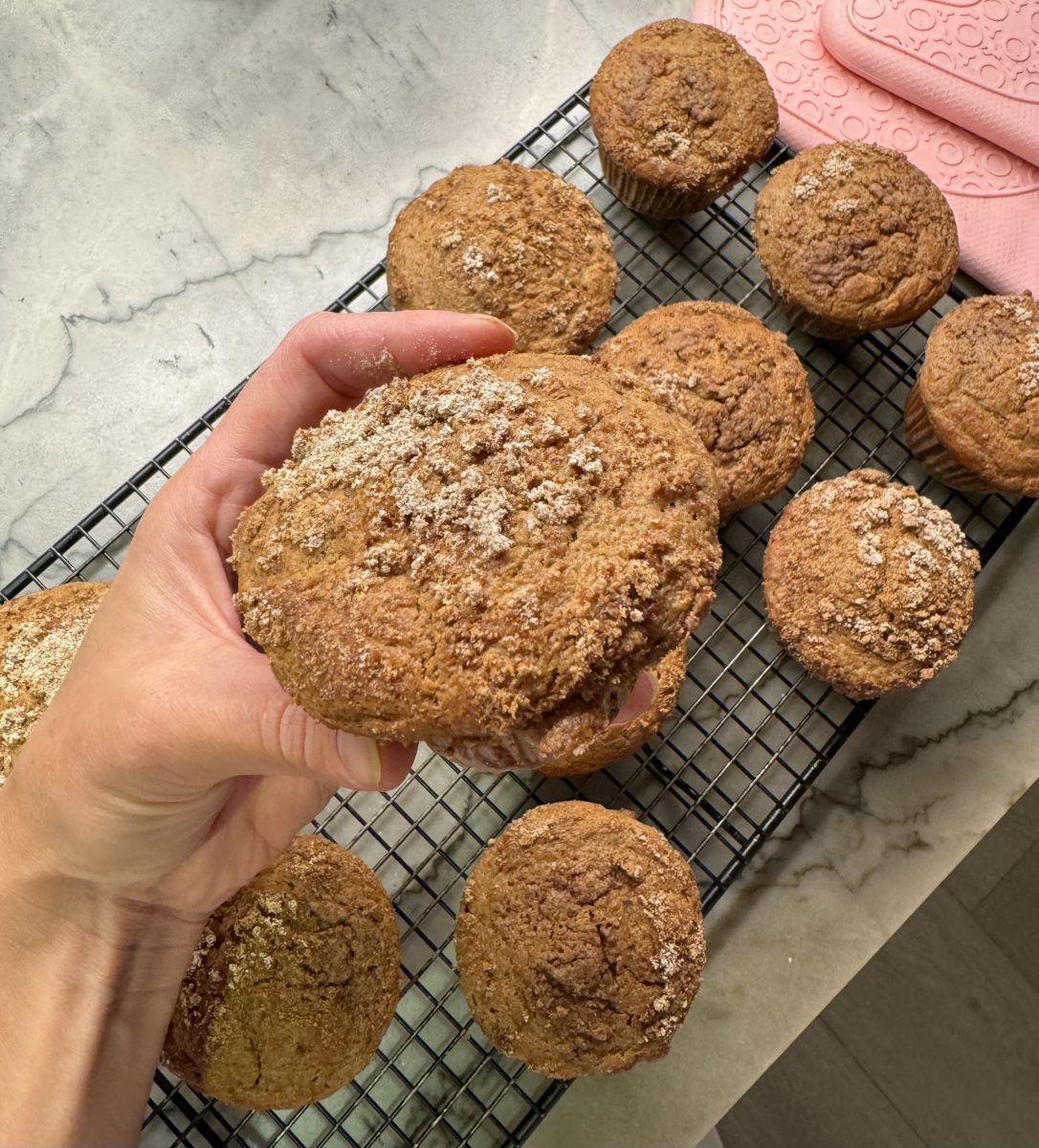Occasion
Diet
Holiday
Special eats for the holiday season!
Total Time
55 min + fermentation
Prep Time
10 minutes
Cook Time
45 minutes
Rating
(5)
This no-knead bread uses fresh-milled einkorn wheat and involves absolutely no kneading or time spent with stretch and folds. Einkorn is the most primitive form of wheat, meaning it’s in its original form and acts very differently than modern wheat varieties. The gluten is different, it won’t stretch much, and it is sticky to work with. But, no worries! This no-knead sourdough bread recipe is fool proof and you’ll get a hearty, satisfying loaf of whole grain bread that you can feel good about.
This no-knead bread uses fresh-milled einkorn wheat and involves absolutely no kneading or time spent with stretch and folds. Einkorn is the most primitive form of wheat, meaning it’s in its original form and acts very differently than modern wheat varieties. The gluten is different, it won’t stretch much, and it is sticky to work with. But, no worries! This no-knead sourdough bread recipe is fool proof and you’ll get a hearty, satisfying loaf of whole grain bread that you can feel good about.
Directions
Step 1
In a large ceramic bowl mix active sourdough starter and water with a fork or Danish dough whisk until well integrated. Add flour and salt and combine ingredients using your danish dough whisk until a shaggy dough is formed. Cover bowl with compostable cling wrap and allow to ferment for 10-15 hours.
Step 2
Lightly flour work surface and liberally flour a banneton proofing basket. Remove fermented dough from bowl with a dough scraper and lightly pull the dough into a rectangle or oval. Then, using the dough scraper to help, fold the dough from top to center, then from right to center, bottom to center, and left to center. Turn the dough upside down, and lightly flour surface and sides of the dough if need be. Cup hands around the back of the dough and drag towards you, rotating 90 degrees each time, and creating tension beneath. Dough may be sticky, so just add a little flour where necessary and don’t worry too much.
Step 3
Turn the round dough upside down – seam side up – so the top of bread is on the bottom of the banneton. At this point, you can sew the seam together by pinching pieces together with your fingers until it’s tighter and held together. The dough will stretch a little, but don’t worry if it breaks while you do this. You want to bring the round together in a tight round as much as you can. Drape a dish cloth overtop and allow to proof for 2 hours at room temperature.
Step 4
30 minutes before you plan to bake the bread, place a round dutch oven into an oven and preheat to 500℉ or as hot as your oven will go. After 30 minutes, remove the dutch oven, take the lid off, and turn the banneton upside down so that the dough falls into the dutch oven. Wearing your oven-safe gloves, shake the dutch oven to center the dough. If it sticks, don’t worry. Slash the top of the loaf with a sharp knife or lame dough slasher in an X, square pattern (don’t have the corners connect), tick tack toe, or just one slash through the top. Place the lid back on and bake for 40 minutes at 450℉ or 475℉. After 40 minutes, remove the lid from the dutch oven and continue to bake another 5-7 minutes to develop a browner, more golden, and crispier crust.
Step 5
Remove dutch oven and dump bread upside down onto a cooling rack. Allow bread to cool on the rack for at least 2 hours until it is no longer warm. This is absolutely necessary in order to allow bread to fully cook on the inside.
Schedule:
A good schedule that works is to mix the sourdough starter the day before you want to bake the bread, so sometime in the afternoon. This gives it time to rise and be at peak activeness before using (normally 6-10 hours depending on environment). Mix dough at 9 or 10 pm and allow to ferment overnight. Shape dough in the morning when you’re ready.



























Notes
Read our recipe notes below (8)